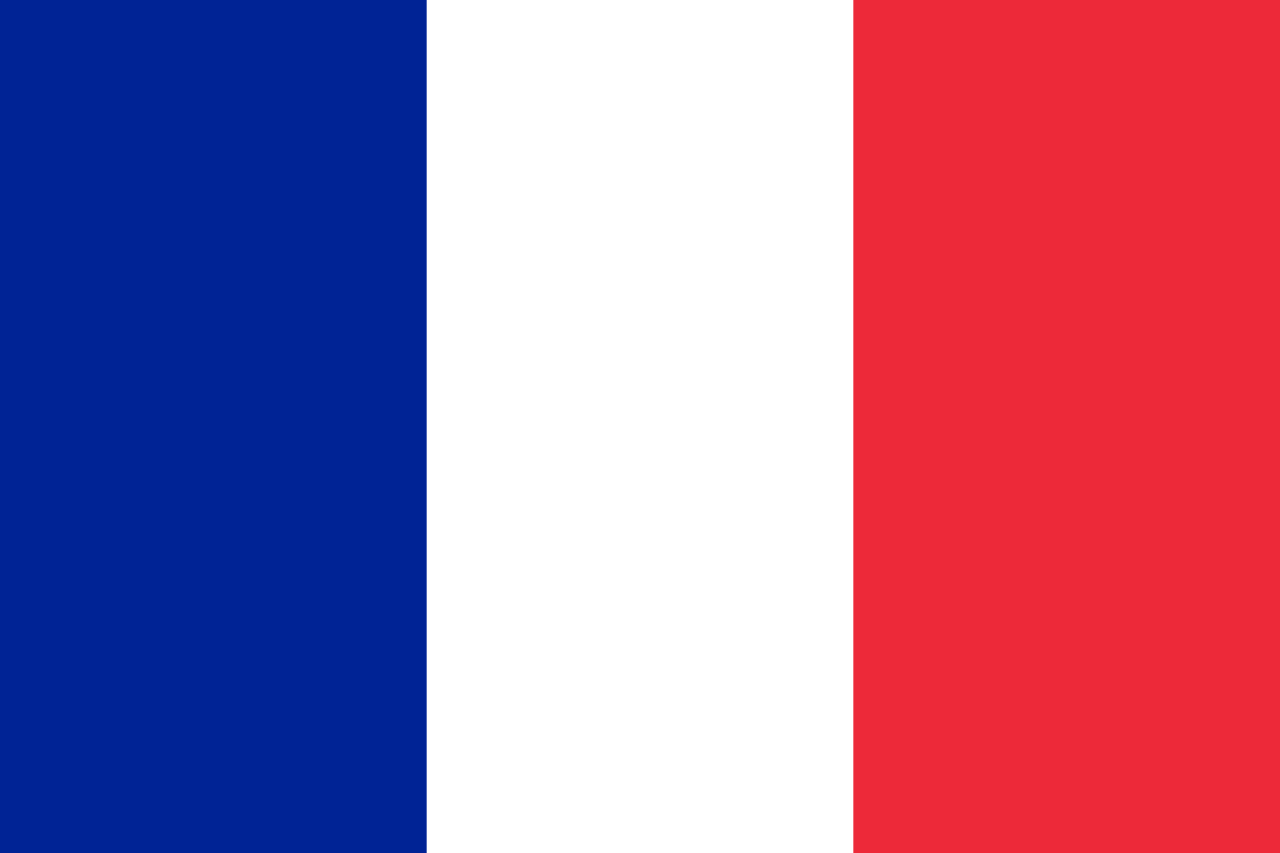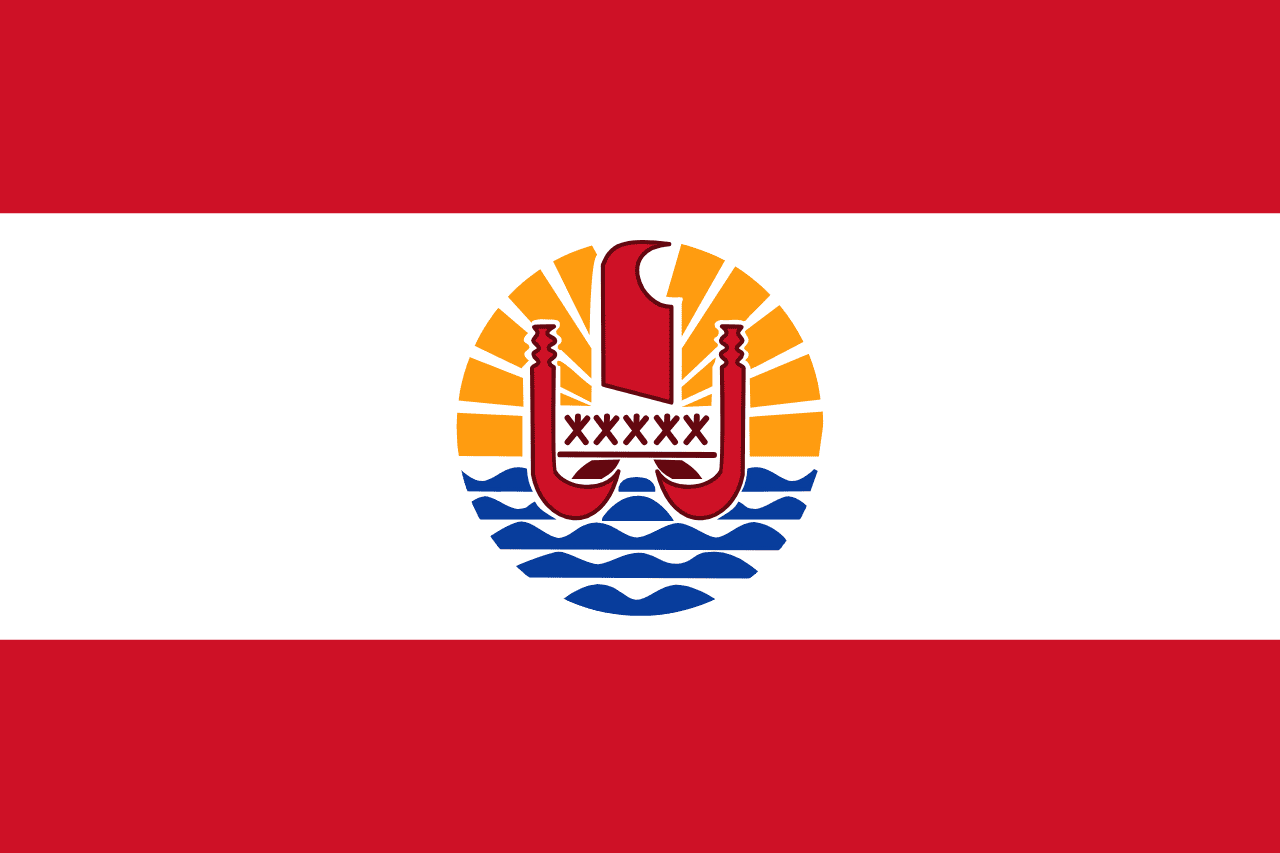The flag of Finland, known as the Siniristilippu (Blue Cross Flag), features a bold blue Nordic cross on a pristine white field. This simple yet striking design encapsulates Finland's natural beauty, cultural heritage, and national identity.
Finland information
| National Flag Day | June 4th |
| Sovereign state | Yes |
| Official name | Republic of Finland |
| Capital | Helsinki |
| Population | 5,537,000 |
| Area | 338,455 km² |
| Currency | Euro (EUR) |
| Language | Finnish, Swedish |
| Continent | Europe |
| Region | Northern Europe |
| Subregion | Nordic countries |
| Borders | Norway, Sweden, Russia |
| Timezone | Eastern European Time (EET) UTC+2 |
| Calling code | +358 |
| Top-level domain | .fi |
History of the Finnish flag
 The current design of the Finnish flag was officially adopted on May 29, 1918, shortly after Finland declared independence from Russia in December 1917. However, the concept of a blue and white flag for Finland dates back to the 19th century, when Finland was an autonomous Grand Duchy within the Russian Empire.
The current design of the Finnish flag was officially adopted on May 29, 1918, shortly after Finland declared independence from Russia in December 1917. However, the concept of a blue and white flag for Finland dates back to the 19th century, when Finland was an autonomous Grand Duchy within the Russian Empire.
The idea of a blue cross on a white background was first proposed in 1863 by poet Zachris Topelius, who saw these colors as representative of Finland's lakes and snowy landscapes. The design went through several iterations, including a version with the coat of arms in the center, before the current simple and elegant design was chosen.
Interestingly, during the brief period between independence and the official adoption of the flag, a red and yellow lion flag, based on the coat of arms of Finland, was used. The shift to the blue and white design represented a move towards a more uniquely Finnish symbol, distinct from both its Russian past and Swedish influences.
Symbolism and design of the Finnish flag
The Finnish flag's design is rich in symbolism, reflecting the country's natural beauty and national character. The blue Nordic cross represents Christianity, which has played a significant role in Finnish culture and history. The cross design also connects Finland to its Nordic neighbors, all of whom use similar cross designs in their flags.
The color blue in the flag has multiple interpretations. It represents the thousands of lakes that dot the Finnish landscape, earning Finland the nickname "Land of a Thousand Lakes." The blue also symbolizes the clear skies of the Finnish summer and the country's vast, unspoiled wilderness.
The white background of the flag is equally significant. It represents the snow that covers Finland during its long winters, creating a serene and pristine landscape. White also symbolizes the famous "midnight sun" of the Finnish summer, when daylight extends late into the night in the northern parts of the country. On a more abstract level, the white field represents purity, integrity, and the Finnish people's commitment to maintaining a clean and unspoiled natural environment.
Usage and significance of the Finnish flag
 The Finnish flag is a source of great national pride and is widely displayed throughout the country. It flies on all government buildings and is prominently featured during national holidays and celebrations. The most important flag-flying days include Independence Day (December 6), Midsummer Day (between June 20 and 26), and May Day (May 1).
The Finnish flag is a source of great national pride and is widely displayed throughout the country. It flies on all government buildings and is prominently featured during national holidays and celebrations. The most important flag-flying days include Independence Day (December 6), Midsummer Day (between June 20 and 26), and May Day (May 1).
In Finnish culture, the flag is treated with great respect. There are specific rules governing its use and display, including proper times for raising and lowering the flag. Many Finns also fly the flag at their summer cottages, a cherished part of Finnish lifestyle, symbolizing their connection to nature and national identity.
Internationally, the Finnish flag represents Finland's commitment to democracy, equality, and social welfare. It's a symbol of Finland's renowned education system, technological innovation, and high quality of life.
Interesting facts about the Finnish flag
- The Finnish flag has inspired several other official flags in Finland, including the state flag which adds the coat of arms to the basic design, and the naval ensign which features a Nordic cross with split ends.
- Finland celebrates its Flag Day on June 4th, coinciding with the birthday of Marshal Carl Gustaf Emil Mannerheim, a key figure in Finnish history.
- The shade of blue used in the Finnish flag is often referred to as "Finnish Blue" and is slightly darker than the blue used in the Swedish flag.
- During the "White Nights" of the Finnish summer, when the sun barely sets, it's permitted to fly the flag throughout the night, symbolizing the perpetual light of the season.
- The Finnish flag's design has remained unchanged since its adoption, reflecting its enduring significance and the stability of Finnish national identity over the past century.





